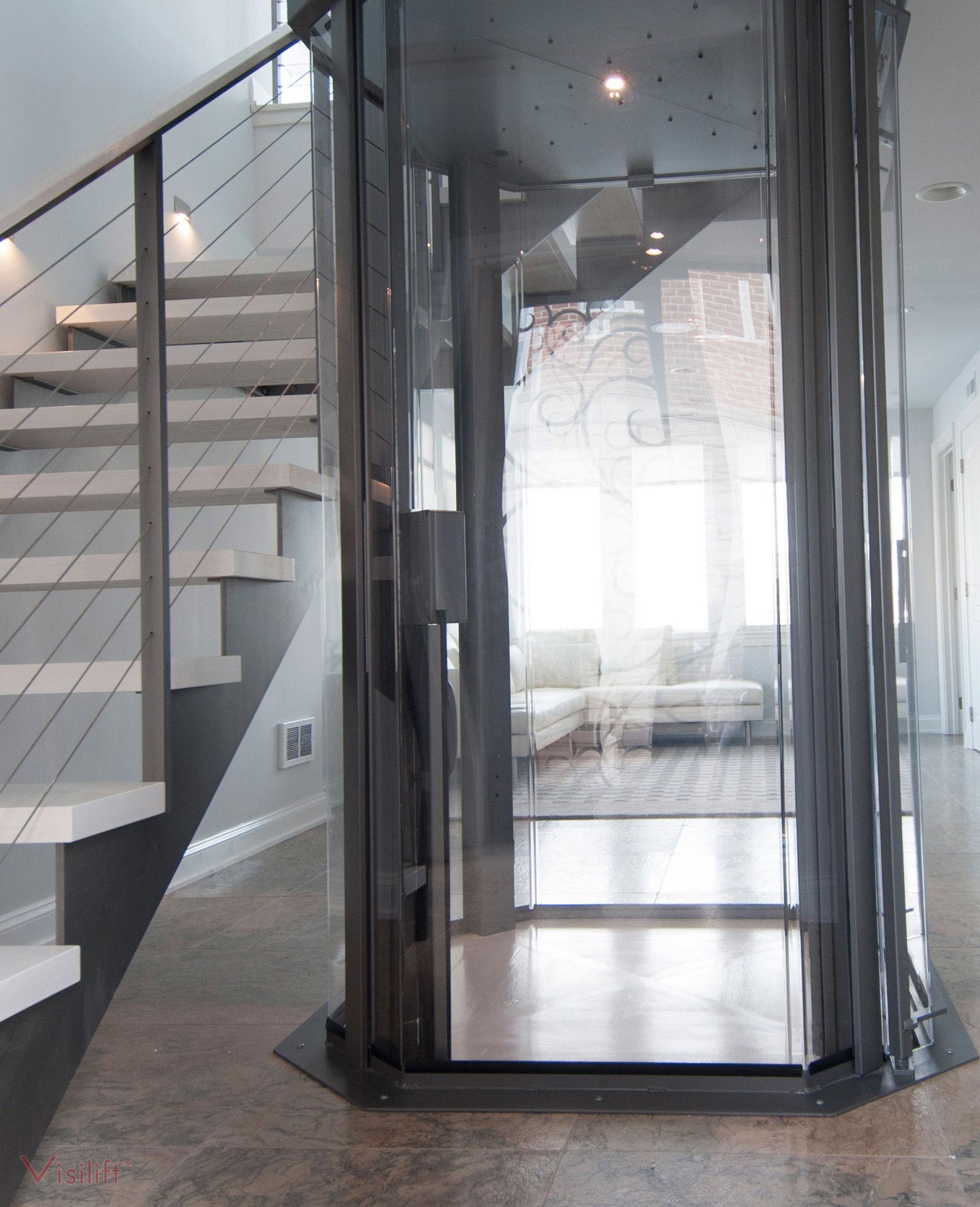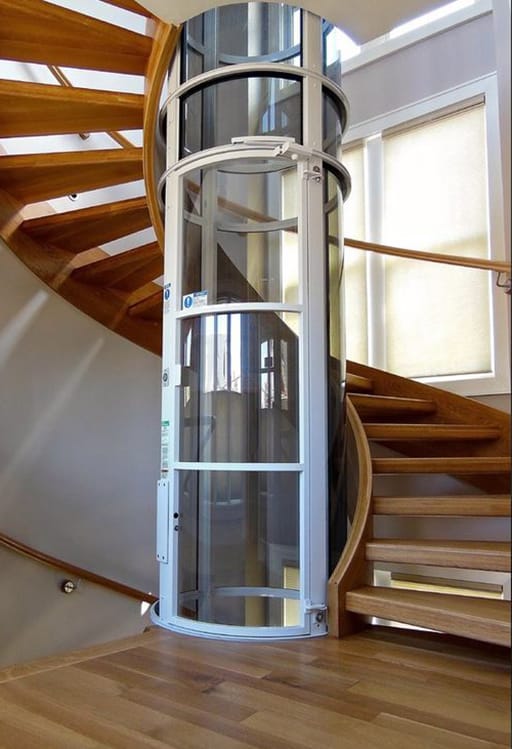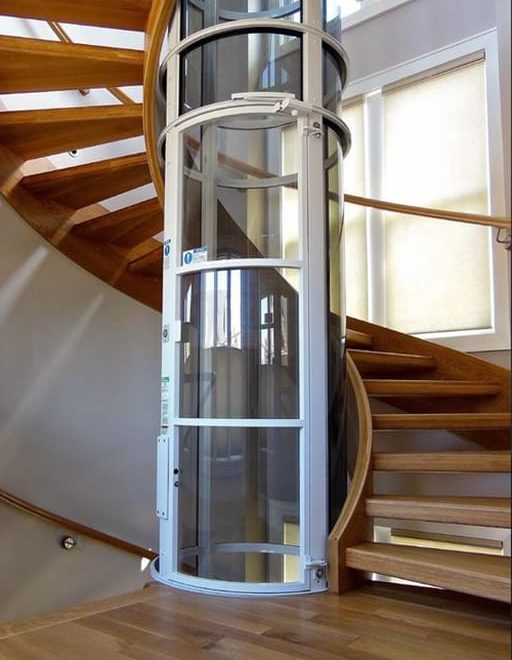Everything You Should Know About Home Elevator Before Purchasing
To some people installing an elevator in their home might be a luxury, saving you walking from one floor to another. However, too many other people living in a multi-story home might come with some concerns. Especially if you face physical limitations, as a result of injury, surgery, or age.
Types of home elevators –
Cable-driven elevator –
This type of elevator is powered by a cable wound around a drum. These are some of the most well know elevators, they are typically seen in commercial buildings and stores. Elevators with dedicated shafts require a pit and machine room in addition to the shaft itself to operate. They are also the most cost-effective when built into new construction. The average prices for this type are £15,000 – £26,000.

Chain driven elevator –
Similar to a cable-driven however this one is powered by a chain wound around a drum. The benefits of the chain rather than the cable are that is it more durable. It requires less maintenance and doesn’t need to get replaced. They also don’t require a machine room so it saves space. The average price for this is around £15,000 – £37,000

Hydraulic –
This is powered by a piston that travels inside a cylinder. The cylinder connects to a system that pumps fluid, usually oil to control the movements. They do not require a machine room as the power system is contained in the elevator shaft. However, the builders would need to dig a pit below for the shaft. Because of this, it would be relatively simple to fit into a home. The price for this would be around £15,000 – £37,000

Pneumatic elevator –
Finally, this one uses a vacuum system within a tube to power the elevator’s movement. The futuristic design adds an element of interest to home décor. Because it is vacuum-powered, it doesn’t require a pit or a machine room, making it easy to install in homes. The prices vary from around £26,000 – £37,000

How safe are home elevators?
Modern home elevators are very safe. With safety codes, local building codes, and extra safety measures, home elevators today are designed to ensure a high level of safety.
What happens if it gets stuck?
If the elevator gets stuck between floors you should have an emergency phone installed. You can use this phone to call an emergency operator and they will send someone to help you exit the elevator. You should never try and exit the elevator yourself if it gets stuck.
How much space is needed for an elevator?
A home elevator typically won’t be more than 18 square feet, and an elevator with a shaft usually needs about 5 square feet of shaft space.






